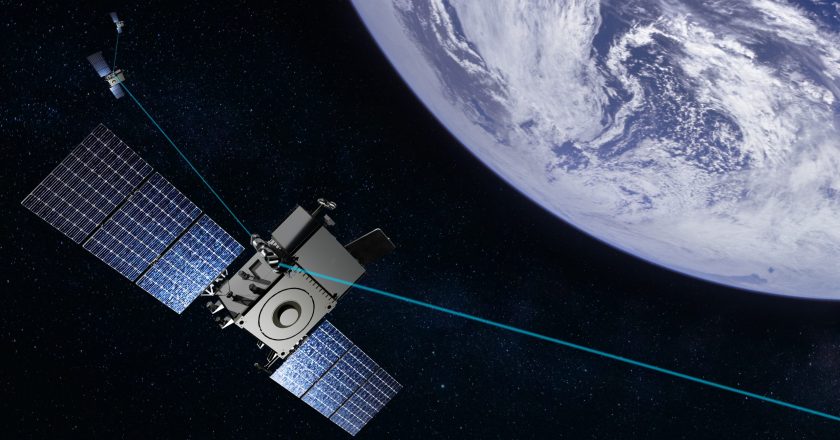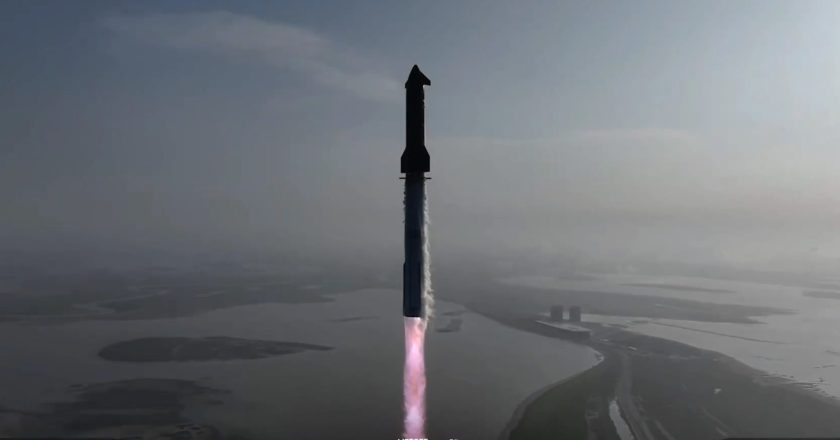U.S. Space Force awards BAE Systems $1.2 billion contract for missile-tracking satellites
WASHINGTON — The U.S. Space Force awarded BAE Systems a $1.2 billion contract for 10 missile-tracking satellites for a constellation in medium Earth orbit.The contract was awarded to BAE Systems Space and Mission Systems on May 29 through a firm fixed price Other Transaction Authority (OTA) agreement, the Space Systems Command said June 2 in a news release.The program is known as Resilient Missile Warning Tracking Epoch 2, which marks the second phase of the Space Force’s program to develop a missile-tracking network in medium Earth orbit (MEO). The constellation is intended to help defend against evolving missile threats, particularly hypersonic weapons that have become a key focus for U.S. defense planners.BAE Systems Space and Mission Systems, based in Broomfield, Colorado, was f...




